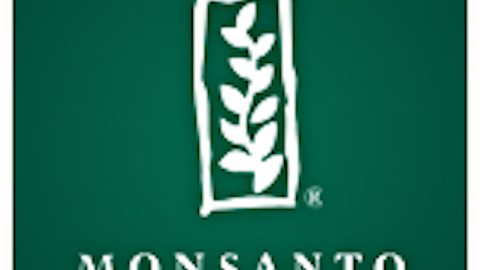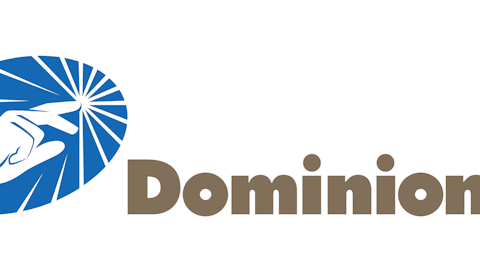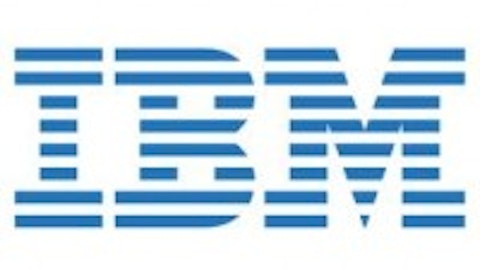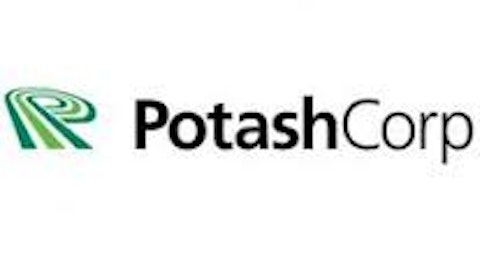If the remaining world regions follow the pattern shown in America, Monsanto’s cash flow could see a massive increase in volume. And the urgent need for yield improvement could force negative consumer sentiment toward GM crops to change.
Competitors
Naturally, Monsanto is not the only company trying to capture market share in this promising market. A wider global acceptance of GM crops would also benefit Monsanto’s main competitors Syngenta AG (ADR) (NYSE:SYT) and E I Du Pont De Nemours And Co (NYSE:DD).
Syngenta AG (ADR) (NYSE:SYT) is strong in crop protection products and corn seeds. Although the latest quarter showed revenue increased only 2%, the company remains ambitious in its long-term horizon, and is planning to practically double its level of sales by 2020: a 10% CAGR for the next seven years.
To achieve its plan, Syngenta AG (ADR) (SYT) will need to steal market share in emerging markets like Latin America, where Monsanto is well positioned. And although Syngenta AG (ADR) (SYT)’s seeds are as competitive as Monsanto’s DeKalb or DuPont’s Pioneer, neither giant will make things easier for the Swiss company. Most likely, every player will see its margins hurt.
E I Du Pont De Nemours And Co (NYSE:DD), on the other hand, is betting on Africa. The company just announced the acquisition of a majority stake in Pannar Seed, probably Africa’s largest seed producer. This could be a great strategic move, if you consider that about 20% of the global area under maize cultivation is said to be in that continent, where the average yield is roughly a fifth of the equivalent in Europe.
Notice, though, that DuPont’s soybean business depends on Monsanto, because it borrows Monsanto’s technology in exchange for $802 million. In the future, Monsanto can increase the price of royalties to obtain better margins. This risk can’t be ignored.
Clean balance sheet, high dividend and active repurchases
Monsanto has $2.1 billion in long-term debt. This is huge, but well below the $3.1 billion of cash and equivalents that Monsanto has accumulated so far. Plus, a low 0.16 debt-to-equity ratio shows only a very small part of Monsanto’s growth is financed by debt, unlike Syngenta AG (ADR) (SYT)’s 0.435. Although the company has enough cash, I expect most of the current debt to be used in financing a recently approved $2 billion share repurchase program, which will commence at the end of the current $1 billion program. This program will complement the quarterly dividend of $0.375 per share (roughly 1.5% annual yield).
Notice that debt is not a worry here considering that last year Monsanto generated more than $3 billion in cash flow from operating activities.
Final Foolish thoughts
My overall rating is positive. Monsanto’s fundamentals remain strong after the latest quarter. Plus, this stock has a great catalyst. The demand for food will keep increasing, and considering that there just aren’t enough resources available to feed everybody with organic food, Monsanto’s technology could become a must-use within this decade.
The article How This Company Profits From Fighting World Hunger originally appeared on Fool.com and is written by Adrian Campos.
Adrian Campos has no position in any stocks mentioned. The Motley Fool has no position in any of the stocks mentioned.
Copyright © 1995 – 2013 The Motley Fool, LLC. All rights reserved. The Motley Fool has a disclosure policy.




